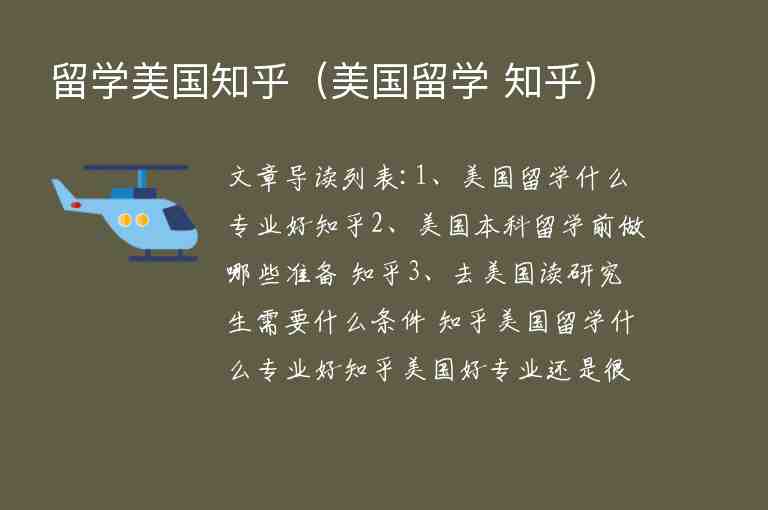一:ldquo时差rdquo文的意思
时差是指由于地理位置的不同而导致的时间上的差异。通常是指两个地点之间的时区差异。
二:怎么读(音标)
时差读作“shí chā”,其中“shí”是第二声,“chā”是第一声。
三:用法
时差通常用来描述两个地点之间的时间差异,也可以用来表示某人身处不同或地区所产生的时间上的变化。在日常生活中,我们经常会遇到时差问题,比如出国旅行、打给国外朋友或者跨越多个时区的长途飞行等。
四:例句1-5句且中英对照
1. 我们需要考虑到和美国之间的时差,以便安排好时间。
We need to take into account the time difference between China and the United States in order to schedule the meeting.
2. 随着飞机飞越多个时区,我们将会遇到更多的时差。
As the plane crosses multiple time zones, we will encounter more time differences.
3. 在跨越国界后,我自己已经进入了一个完全不同的时区。
After crossing the border, I found myself in a completely different time zone.
4. 由于夏令时调整,今天晚上的时差比平时少了一个小时。
Due to daylight saving time adjustment, there is one hour less of time difference tonight than usual.
5. 我每天要和国外的朋友视频通话,经常会忘记考虑到时差问题。
I video call with my friends overseas every day, and I often forget to take into account the time difference.
五:同义词及用法
1. 时区(time zone):指地球上按照经线划分的24个区域,每个时区相差一小时。
2. 时间差异(time difference):指任意两个时间之间的差距。
3. 时差调整(time difference adjustment):指由于夏令时或者其他因素导致的时间上的变化。
六:编辑总结
在日常生活中,我们经常会遇到时差问题,需要注意不同地点之间的时间差异。为了避免因为时差而产生误解或者影响日常生活,我们需要学习如何正确计算和转换时差。同时,也可以通过使用同步时间功能或者设置多个闹钟来帮助我们应对不同地区的时间变化。

